
Restoring Mary’s Spring
In the heart of Parley’s Historic Nature Park a small stream trickles out of a hillside. Hidden by trees and bushes, this life-giving water source was once nothing more than a muddy patch of ground, having been “overvisited” by humans and pets.
For the past four years Salt Lake City’s Public Lands Department’s Native Plant Program team has been working to restore Mary’s Spring. The project has been highly successful. Today, the spring flows out of the hillside where it is caught and held in a small beaver pond-like area before filtering down a shallow hillside, eventually making its way into Parley’s Creek. As it trickles out of the manmade dam structure it nurtures thousands of native plants like marsh buttercup, swamp milkweed, and knotweeds, just to name a few. The area is now surrounded by fencing, protecting it from feet and paws, allowing the plants to take root and multiply.
How did we get here? Teams initiated restoration by fencing off the spring area, and then removing invasive weeds. The flow from the spring was managed to create small pools, which slowed the water to nurture vegetation and fully hydrate the soil instead of carrying it away. Next, natural bark mulch was added to protect the soil and hold moisture, which helped new plants take root. Once the spring runoff was adequately restored to its natural flow state, wetland plants were added.
Today, Mary’s Spring attracts butterflies and birds and is a lush, thriving habitat. Our teams will continue to monitor the area and will use lessons learned for future spring and wetland restoration projects.
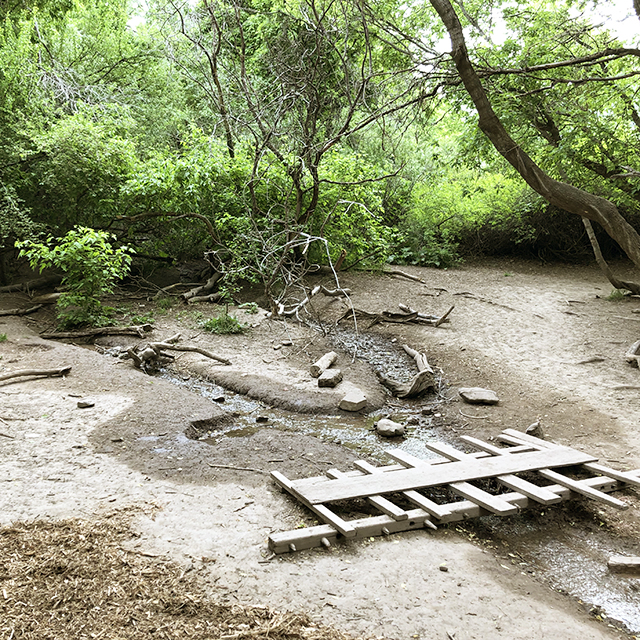
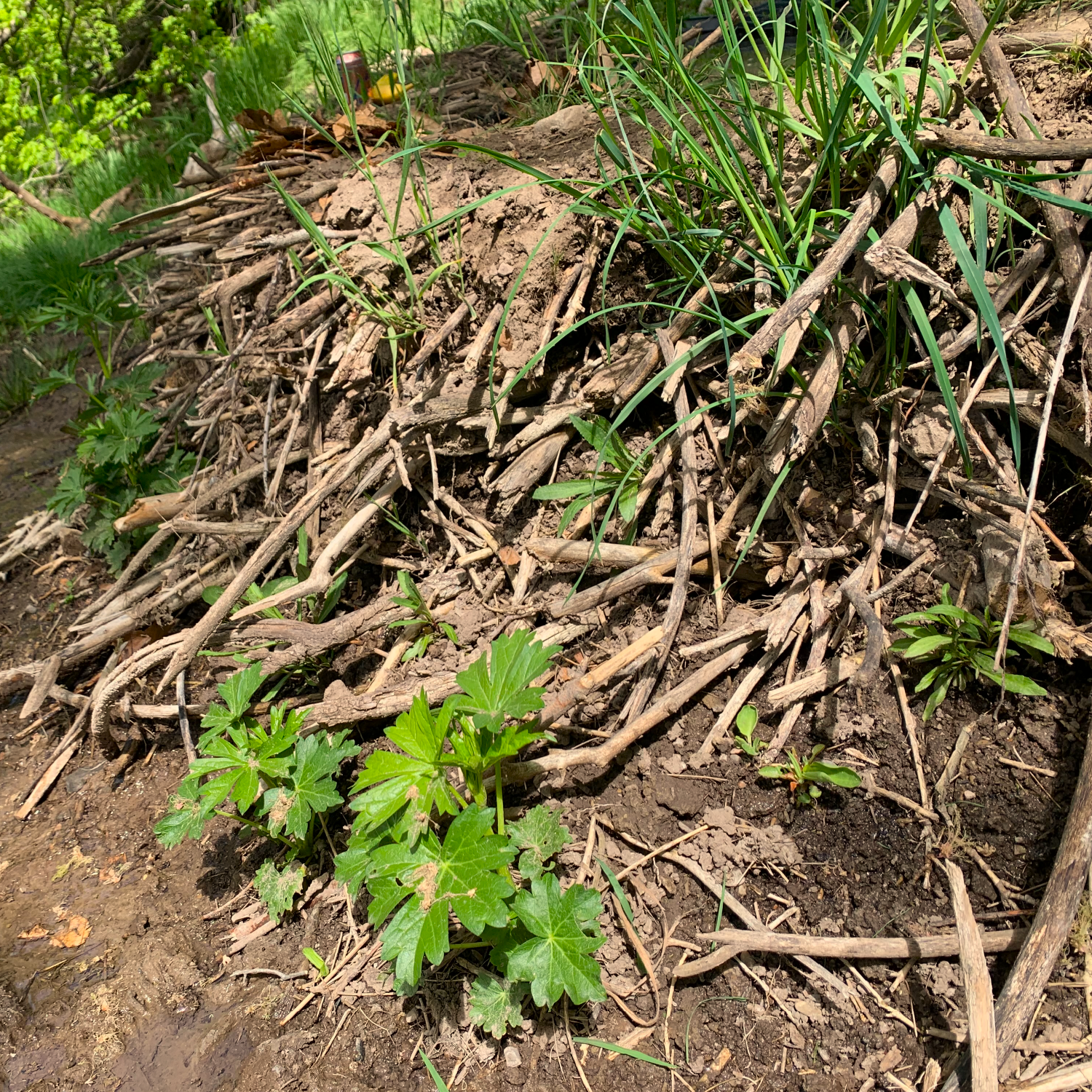
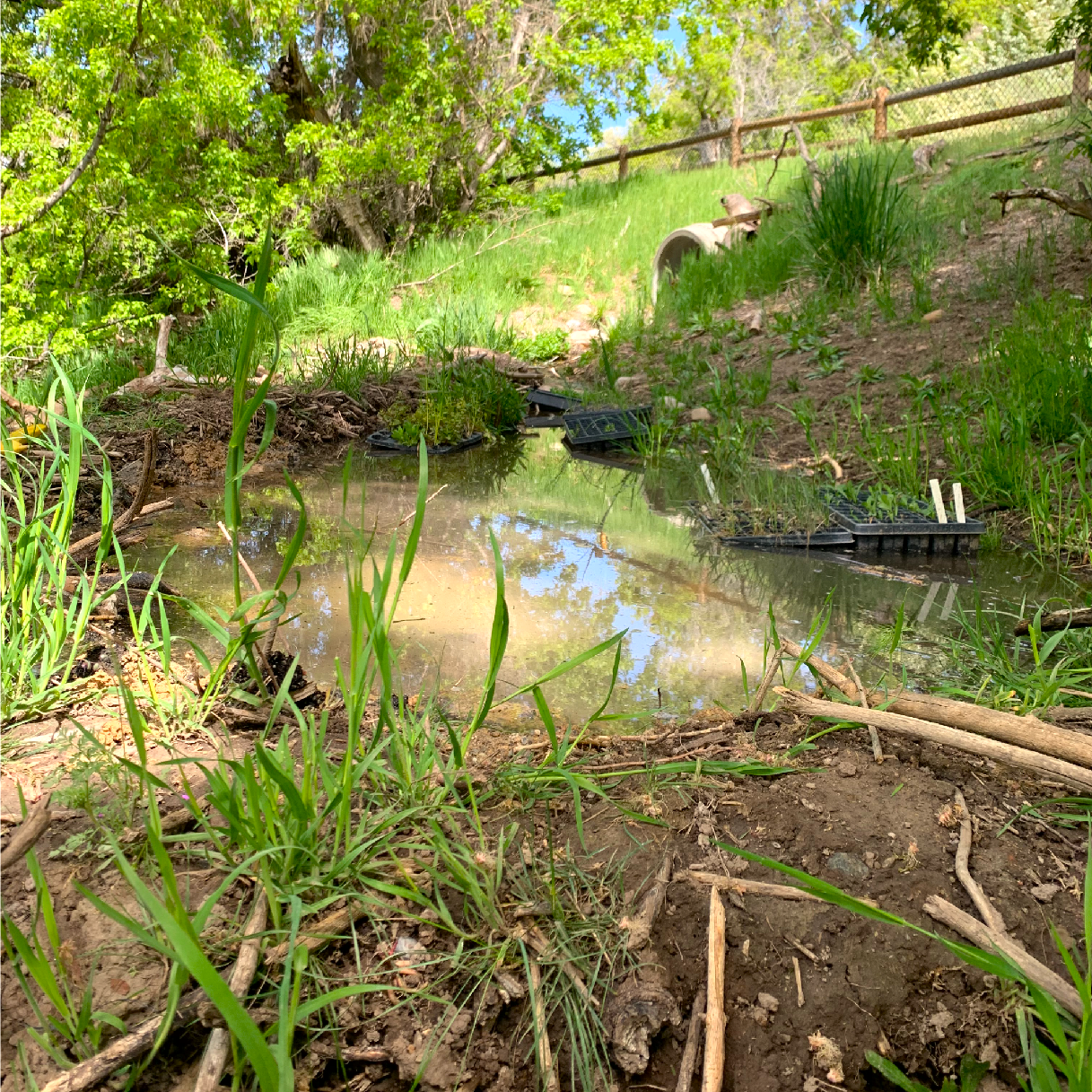
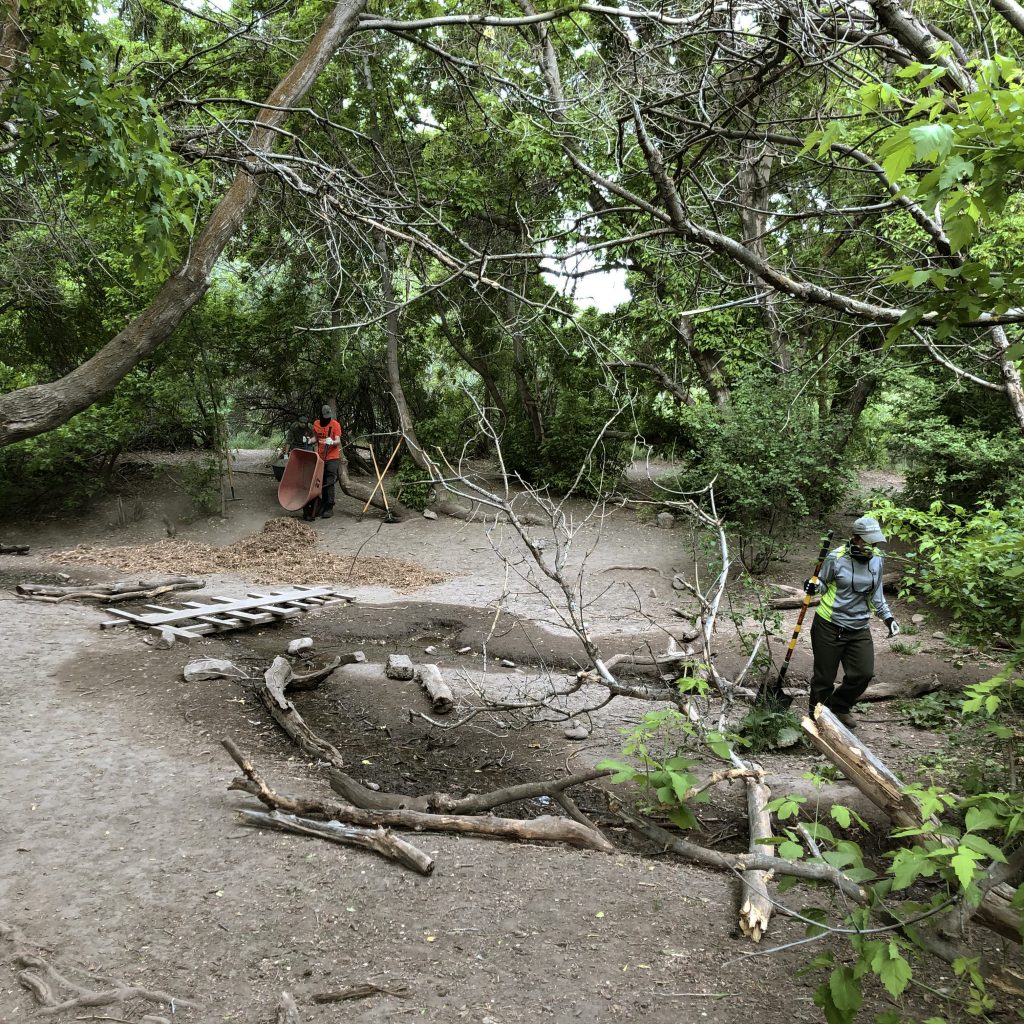
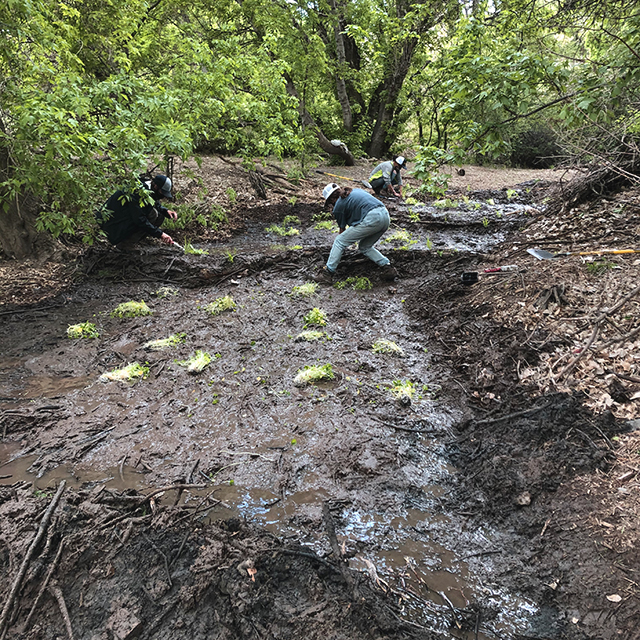
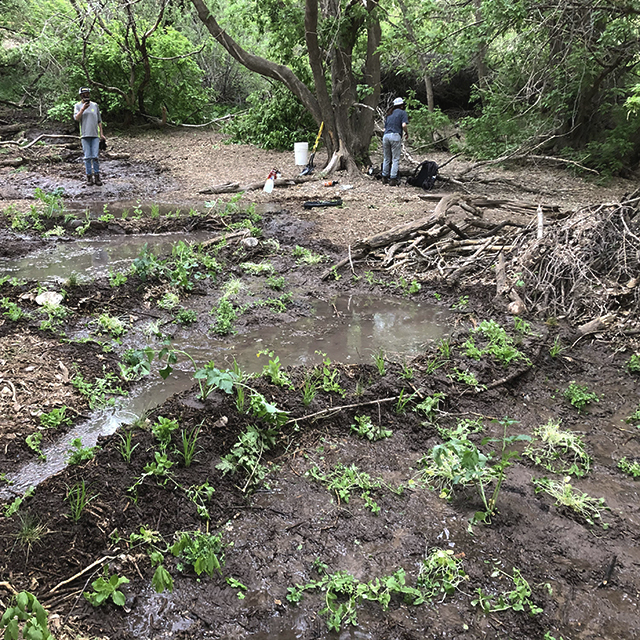
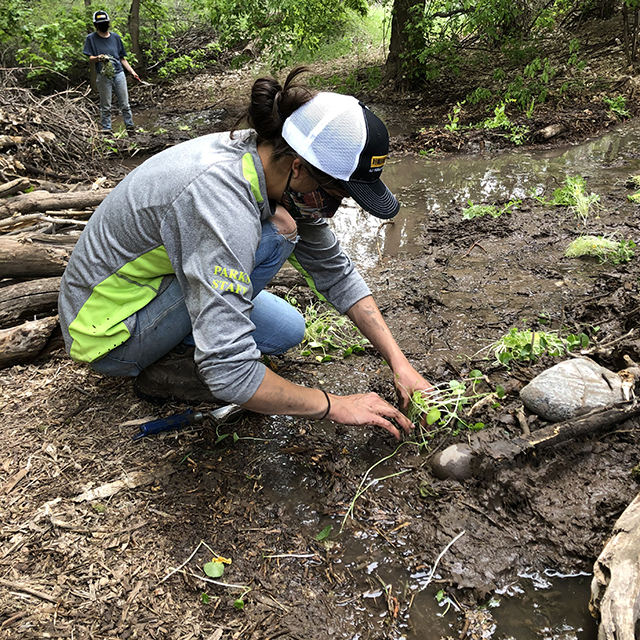
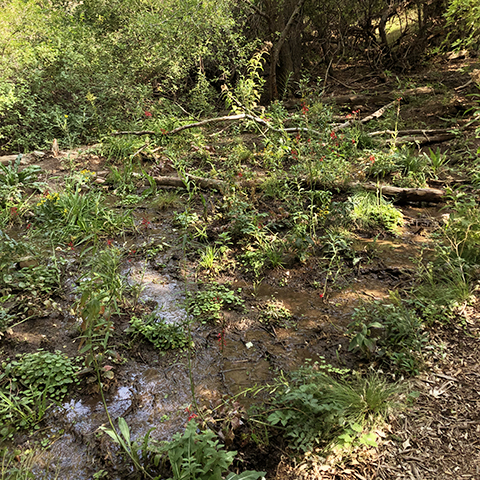
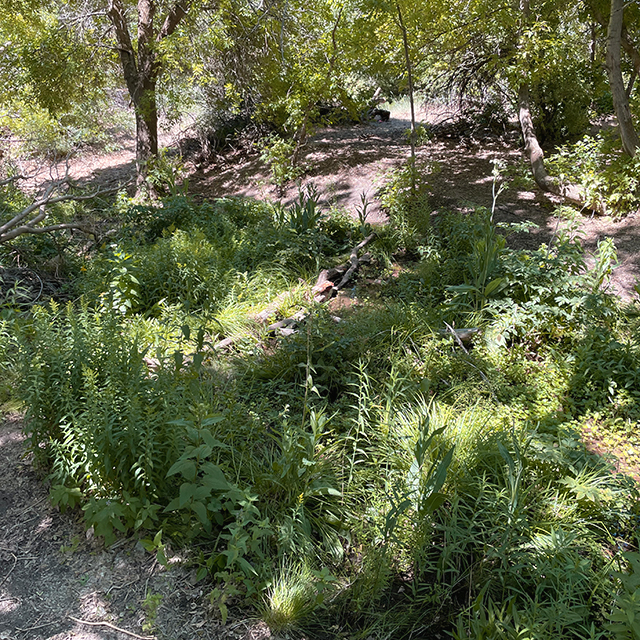
Mary’s Spring FAQs
Can I go visit Mary’s Spring? The public is welcome to view the spring from behind the fence. It is located at the east end of Parley’s Historic Nature Park, next to our restoration meadow. Because Mary’s Spring is small, it can be difficult to find amongst the many shade trees and lush vegetation that grow in its outflow.
What makes Mary’s Spring “historic”? Mary’s Spring is a part of Salt Lake city’s pioneer history. It is located near the remains of Dudler’s Inn, and was likely used by early settlers and owner of the Dudley’s Inn for drinking water. The area that Mary’s Spring flows through was known to early settlers as Joseph’s Grove and was a popular picnic spot.
What makes Mary’s Spring an important conservation site? Mary’s Spring provides the animal and insect life of Parley’s Historic Nature Park with clean, oxygen-rich water. Wetland areas like Mary’s Spring are known as “riparian zones” which are areas that transition from a body of water to a dryland habitat. In addition to providing habitat for birds, insects, and other animals, plants that thrive in riparian areas help filter water through their roots while preventing erosion.
Wet meadows and riparian corridors in Parley’s Historic Nature Park were more prevalent at one time, but trail construction, diverted runoff, and the placement of culverts have constrained the hydrology in the area. Restoring these areas will help restore the overall ecological health of the Park and the water quality within Parley’s Creek.
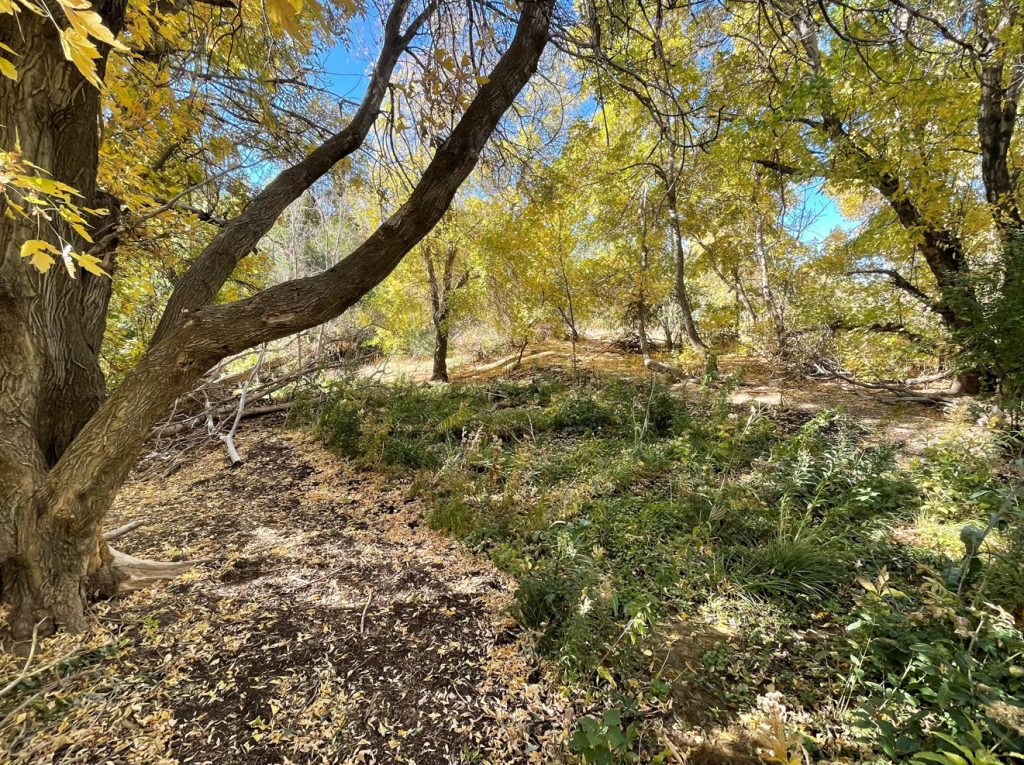
“Wetlands In A Box”
Salt Lake City’s Public Lands’ Native Plant Program hand-harvests and tends hundreds of native wetland species in their greenhouse to enhance restoration projects across Trails and Natural Lands project sites. These two-feet-by-three-feet boxes create a unique and balanced micro-habitat of native plant species. These small communities of plants support each other and help maintain species that are at risk of extinction, increasing biodiversity where they are planted.
- Grasses – Within a wetland habitat grasses provide habitat for mammals, birds, and aquatic species. Additionally, many grasses create a root matrix used by microbes that capture pollutants.
- Torrey’s Rush – The rhizomatic root structure of Torrey’s Rush make it ideal for preventing erosion and it is well adapted to a variety of soils.
- Sedges – Sedges are able to remove toxins from the water and they reproduce easily, making them ideal for wetlands restoration.
- Bulrushes – Bulrush roots can act as a filter, removing toxins from water.
- Blue Vervain – Naturally found in wetlands, its blue flowers bloom for a long time, making it attractive to pollinators.
- Swamp Milkweed – Attracts Monarch butterflies and native bees with its nectar-rich flowers. Swamp Milkweed is a cornerstone wetland restoration element.
- Rocky Mountain Beeplant – Attracts pollinators and has beautiful purple blooms. Its seeds are a good food source for birds.
Resources: Parley’s Historic Nature Park Comprehensive Use and Management Plan